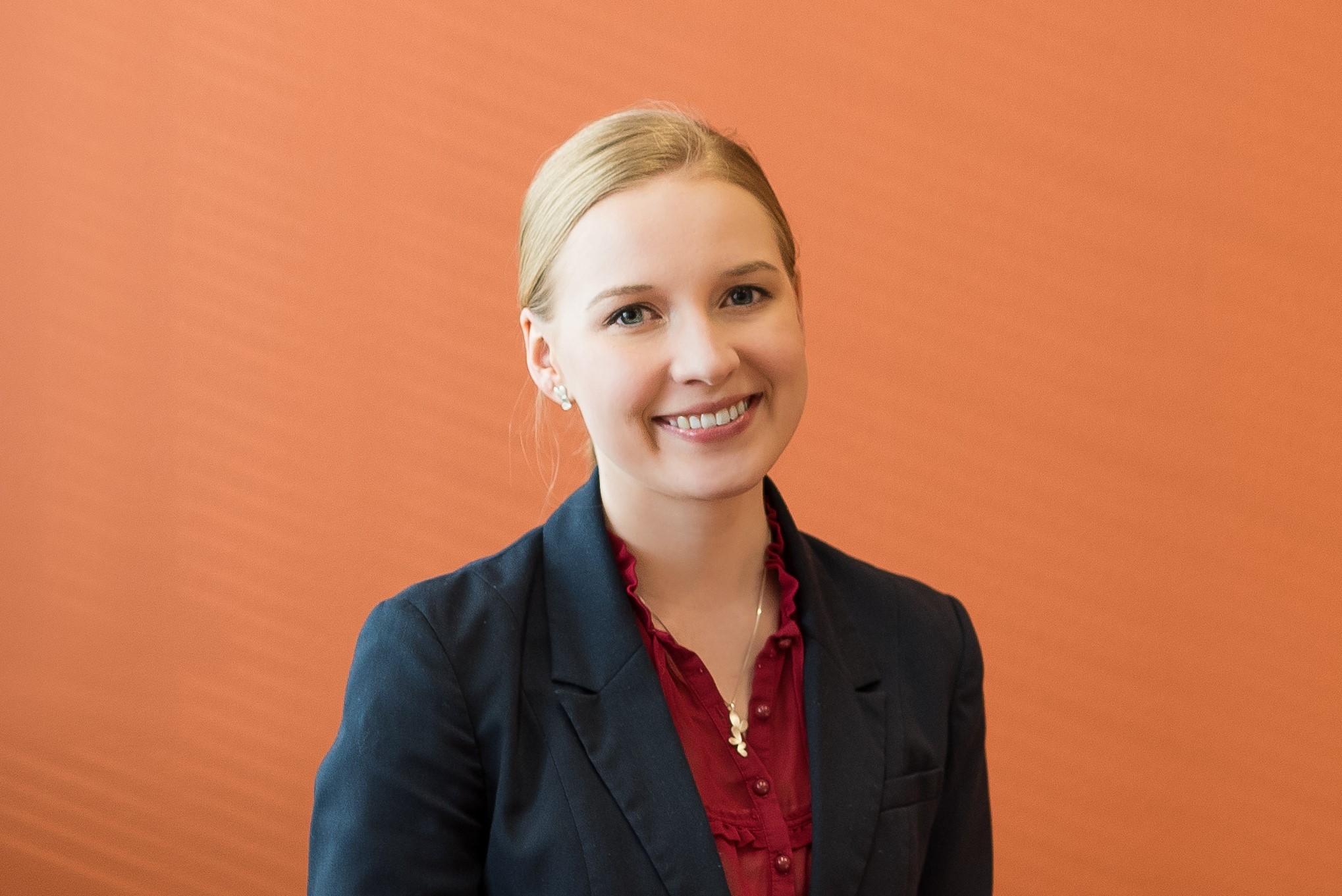
Like many other European cities, Espoo is going digital and wants to keep people at the centre of their services. Veera Vihula, development consultant with the Mayor’s Office at the City of Espoo, explains how the UserCentriCities project will help them measure and improve their progress.
What is Espoo’s role in the project? And why did you decide to join?
Every city has a different perspective, and we all bring something different to the table, though we are probably still learning exactly what everyone brings. Espoo joined UserCentriCities because of our city strategy. Actually, we don’t call it strategy but a story.
It tells where we come from, where we are now, and where we are going. It explains our critical values in a framework that is understandable for everyone. It has been an excellent way to present the strategy. This format is not only understood by the councillors and directors but by every worker and citizen as well. It’s much more relatable than a strategy paper.
What are the key values in Espoo’s story?
An important value for Espoo is to be a responsible and humane pioneer. Historically, the concepts of smart cities and smart-city development took a very technological perspective. But more recently, the idea of putting people’s perspective first has become more and more widespread. So, ‘humane’ for putting people first, but ‘pioneer’ highlights the innovative aspect of our approach in working with technologies.
Another core value is to think about public services as being customer- and citizen-oriented. Citizens have different roles in the community. For example, I’m currently not a customer of our education service as I’m not using it, but I’m a stakeholder of that service as a citizen. A customer has a bit more say on how to use a service and its needs because they are the ones that use it.
This distinction helps us understand who we are serving. Not every service is for everyone. We want to offer the right service to the right people to get the service you need when you need it.
For example, most citizens are happy to use the online and self-service options in our libraries. But some need more guidance, for example, the services for children, and need a librarian. So, we want to put more effort into the sectors where people are needed and use digitalisation to serve the mass very well.
Also, when I say customer, I don’t only mean individual. A customer can also be a business, an NGO, an organisation of the civil society, or even nature, or the whole society. It’s about understanding the perspective and the impact on a specific segment of our city.
Speaking of all these different stakeholders, Espoo relies on collaborating with its network. Can you explain to us a bit more about your model?
Espoo is a network city. We have close strategic collaboration with all urban ecosystems: universities and research institutions; companies of different sizes; NGOs, civil society and citizens. The city is not about its organisation but the community. We create actual value when these ecosystems collaborate and co-create. And that’s a perspective that we want to bring to UserCentriCities, this broad collaboration.
We firmly believe in collaboration between cities and not just benchmarking but bench learning. We want to co-create and learn through the process of doing together. Collaboration has been very successful for Espoo in the past, for example, through the Six City Strategy initiative, and we would like to do more of these projects in Europe.
As Jochem said very nicely in a previous interview: “It’s about the journey and how you get there”.
How does Espoo’s journey look like at the moment?
We are working on the My Espoo project, which is about renewing our digital public services. We are building and developing a new kind of platform for our digital services, and we want to make it very user-friendly and very accessible.
And that’s how our journey ties in very nicely with UserCentriCities. It will help us identify the Key Performance Indicators we need to assess how successful we are in making the platform user-centric.
For example, we are quite pleased with the number of digital services that we can provide already and the feedback and digital interaction with users. However, we would like to do better on the usability of the digital services and a more systematic approach to participation. So far, participation is linked to a specific project or measure, so we lack a broader view on it. How can we measure it, and what happens after someone has participated?
These are the kinds of questions UserCentriCities will help us answer. We are looking forward to developing the dashboard that will allow us to assess where Espoo stands regarding user-centricity.
What specific goals is the dashboard going to help you achieve?
It’s a tool to evaluate how we are doing compared to best practices in other European cities. It will help us see if we are performing well or if we should improve something. Not just in comparison to others, but based on our own goals.
The dashboard will also reveal if we lack relevant data to measure our user-centricity performance, and we can then see what needs to be done to collect that information.
Of course, it will still take a little bit before it’s ready, but we are getting there, step by step.
Eurocities